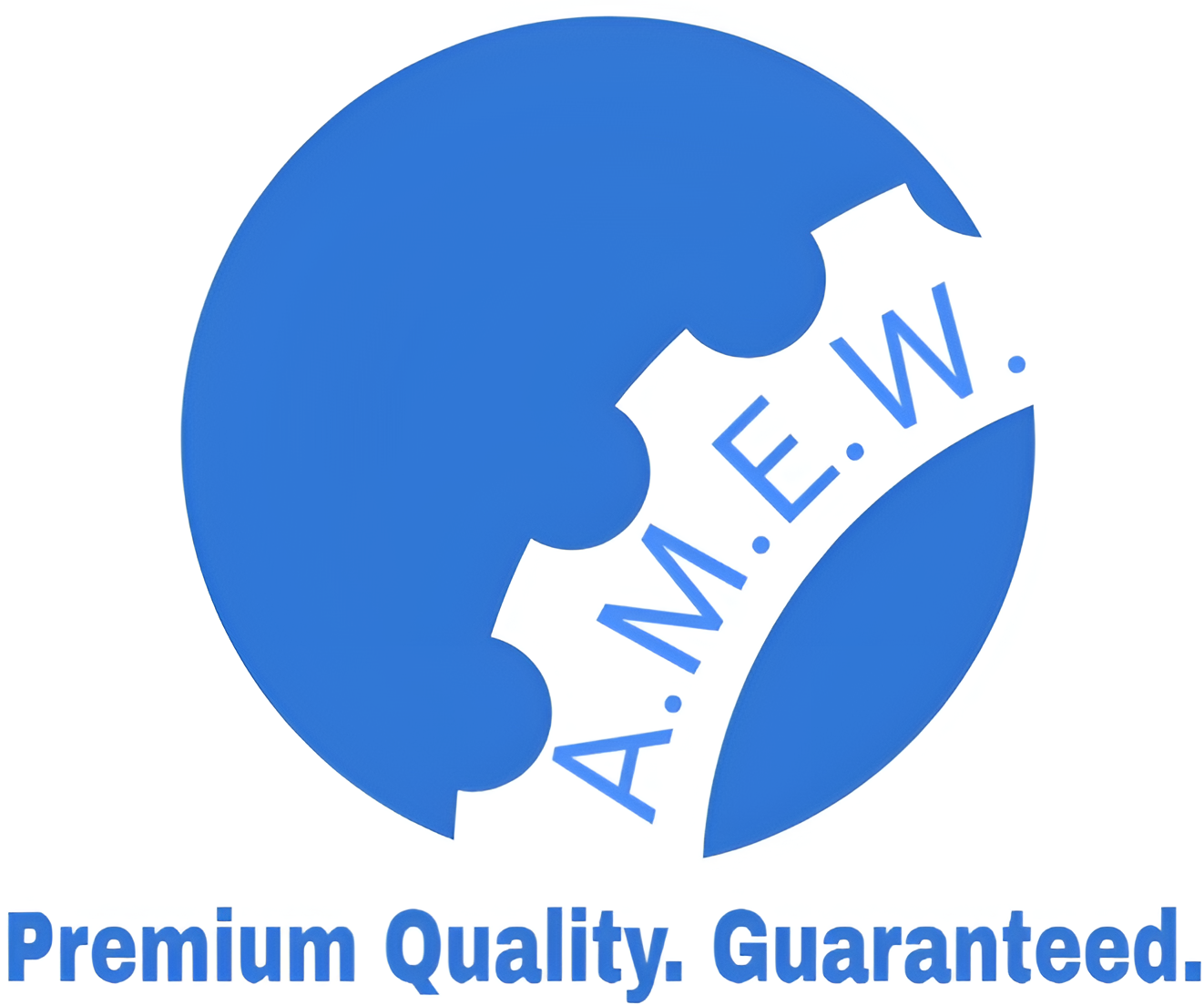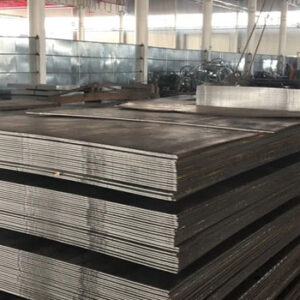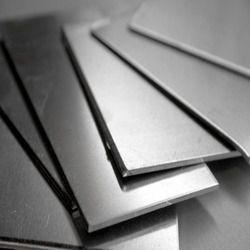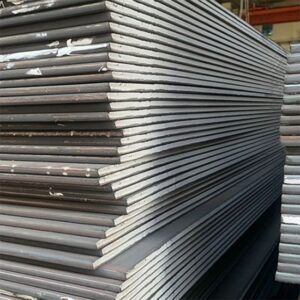Description
S275JO Structural Steel & Steel Plate: In-Depth Guide
Table of Contents:
- Introduction to S275JO Structural Steel
- Chemical Composition of S275JO
- Mechanical Properties of S275JO Steel
- Yield Strength
- Tensile Strength
- Elongation
- Impact Resistance (J0 designation)
- Manufacturing and Processing of S275JO Steel Plates
- Hot Rolling Process
- Heat Treatment
- Standards and Compliance for S275JO Steel
- EN 10025-2 Standard
- International Standards and Equivalents
- S275JO Steel Plate Grades
- S275JR vs. S275JO vs. S275J2
- Applications of S275JO Structural Steel
- Building and Construction
- Infrastructure (Bridges, Railways)
- Mechanical Engineering and General Construction
- Offshore and Marine Projects
- Weldability and Formability of S275JO
- Comparison with Other Structural Steel Grades
- S275JO vs. S235
- S275JO vs. S355
- Conclusion: Why Choose S275JO for Your Project?
1. Introduction to S275JO Structural Steel
S275JO is a widely-used low-carbon structural steel grade under the European standard EN 10025-2, which specifies non-alloy structural steels for general engineering and construction purposes. The “S” in S275JO stands for “structural,” and the number 275 represents its minimum yield strength of 275 MPa. The “JO” designation indicates that the steel has been impact tested at 0°C, ensuring it can withstand certain impact forces in low-temperature environments.
This steel grade is part of the S275 family, known for its balanced mechanical properties, weldability, and suitability for structural applications across various industries.
2. Chemical Composition of S275JO
The chemical composition of S275JO steel is crucial in determining its performance. Its primary constituents include:
- Carbon (C): Max 0.25%
- Manganese (Mn): Max 1.5%
- Phosphorus (P): Max 0.040%
- Sulfur (S): Max 0.040%
- Silicon (Si): Max 0.3%
The relatively low carbon content allows for good weldability, while the addition of manganese enhances the steel’s strength and toughness. The careful regulation of sulfur and phosphorus ensures that the steel remains ductile and resistant to cracking.
3. Mechanical Properties of S275JO Steel
S275JO steel’s mechanical properties make it ideal for various structural applications, offering a good combination of strength, ductility, and toughness.
3.1 Yield Strength
- Minimum Yield Strength: 275 MPa S275JO’s minimum yield strength ensures it can handle structural loads without permanent deformation, making it suitable for construction.
3.2 Tensile Strength
- Tensile Strength: 410-560 MPa The tensile strength provides a range of stress levels the steel can endure before breaking, making S275JO versatile in applications that require strong yet ductile materials.
3.3 Elongation
- Elongation at Break: 20% (for a thickness of ≤ 16mm) The steel’s ability to stretch before breaking indicates its ductility, an essential factor in resisting fractures or failures under strain.
3.4 Impact Resistance (J0 Designation)
The “J0” in S275JO means that the steel has passed a Charpy V-notch impact test at 0°C, with a minimum absorbed energy of 27 Joules. This ensures the steel can perform under lower temperature conditions without becoming brittle.
4. Manufacturing and Processing of S275JO Steel Plates
4.1 Hot Rolling Process
S275JO is commonly produced through the hot rolling process, where steel is heated above its recrystallization temperature and rolled into plates. This process creates a uniform thickness, improving the steel’s overall structural properties.
4.2 Heat Treatment
Heat treatment, including normalizing or annealing, can further refine the mechanical properties of S275JO. However, it is most often used in its as-rolled condition, providing a balance between strength and flexibility.
5. Standards and Compliance for S275JO Steel
S275JO complies with the EN 10025-2 standard, which sets the technical delivery conditions for non-alloy structural steels. This standard covers the steel’s chemical composition, mechanical properties, and dimensional tolerances, ensuring that it meets the necessary specifications for structural engineering.
5.1 International Standards and Equivalents
S275JO’s properties align with other international standards, making it widely applicable across global projects. Common equivalents include:
- ASTM A36: A standard specification in the U.S. for carbon structural steel.
- DIN 17100 ST44-2: A German equivalent.
- SS400: A Japanese standard for structural steel.
6. S275JO Steel Plate Grades
S275JO belongs to the S275 family, which includes several other grades with varying levels of impact resistance and toughness:
6.1 S275JR
- Impact tested at 20°C.
- Minimum yield strength of 275 MPa.
- Used for general structural applications.
6.2 S275JO
- Impact tested at 0°C.
- Suitable for environments with lower temperature requirements.
6.3 S275J2
- Impact tested at -20°C.
- Ideal for colder environments and more demanding structural applications.
7. Applications of S275JO Structural Steel
S275JO is widely used across multiple industries, particularly in applications that require moderate strength, good weldability, and impact resistance. Common uses include:
7.1 Building and Construction
S275JO is often used in the construction of residential and commercial buildings. It is employed for structural components such as beams, columns, and frames that need to bear moderate loads while ensuring safety and reliability.
7.2 Infrastructure (Bridges, Railways)
In infrastructure projects such as bridges and railways, S275JO provides the necessary structural integrity. Its good toughness and impact resistance make it a reliable choice for load-bearing structures exposed to dynamic forces and environmental changes.
7.3 Mechanical Engineering and General Construction
S275JO is used for various mechanical parts and engineering structures, including heavy machinery and equipment. Its moderate strength, combined with ease of fabrication, makes it a preferred material for general construction projects.
7.4 Offshore and Marine Projects
Due to its ability to withstand impact forces at low temperatures, S275JO is used in offshore structures such as oil rigs and marine vessels, where durability and toughness are crucial.
8. Weldability and Formability of S275JO
S275JO offers excellent weldability due to its low carbon content, making it easy to weld using standard techniques such as arc welding, gas welding, and resistance welding. This is important for on-site fabrication in construction projects, reducing the need for preheating or post-weld heat treatment.
In terms of formability, S275JO can be easily bent, rolled, and shaped without cracking, allowing for the production of complex structural components.
9. Comparison with Other Structural Steel Grades
9.1 S275JO vs. S235
- S275JO has a higher yield strength (275 MPa) compared to S235 (235 MPa), making it better suited for more demanding structural applications.
- S275JO also offers improved impact resistance compared to S235, particularly in lower temperature environments.
9.2 S275JO vs. S355
- S355 has a higher minimum yield strength of 355 MPa, making it suitable for heavier load-bearing applications.
- While S355 is stronger, S275JO is more cost-effective for projects that do not require extremely high strength.






